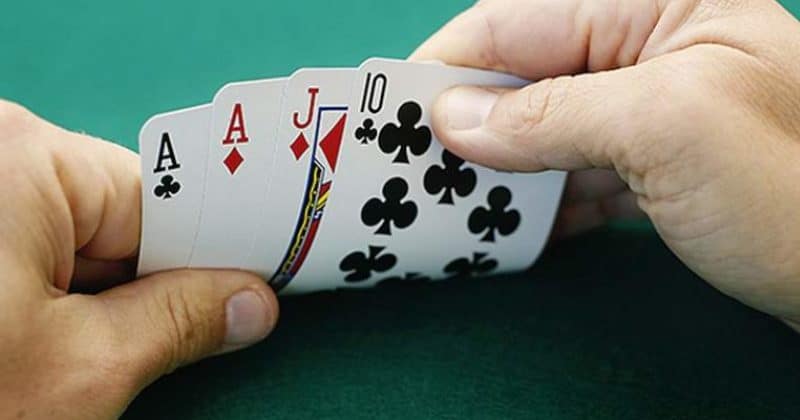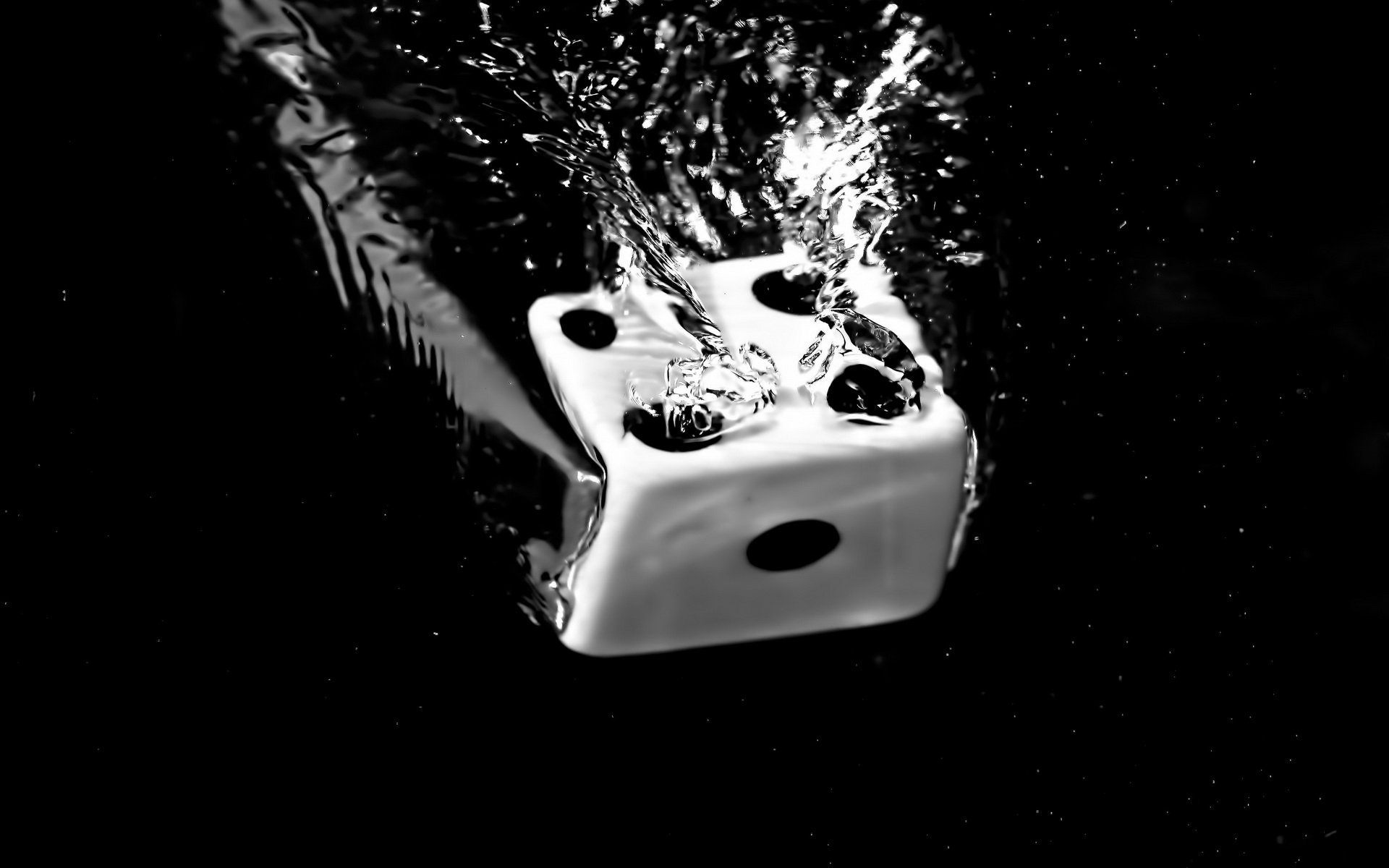Ultra Aggressive Poker Style

A simple tight/aggressive and positionally aware style of poker is the best way for somebody who is new to the game or currently struggling at these stakes to start having success. Develop Your Own Style of Play The last thing that I want to note about these HUD stats is that it is important for you to develop your own style of play. Stay aggressive. Aggression is good in poker. It describes a style that involves frequent bets and raises, and calling rarely, in order to influence the game in your favour. Almost all successful poker professionals play aggressively. To play good poker you have to be able to play aggressively, as highlighted in the article on the importance of aggression. Therefore as you can expect, the best playing style is going to be a toss-up between playing Tight-Aggressive or Loose-Aggressive. Playing aggressively is always better than playing passively, no question about it. This style is often employed by players who are new to the game, and is an expensive way to find out that this style is extremely bad poker. Loose-Aggressive: This player plays a lot of starting hands and plays them very aggressively – especially while the bets are small. While not all hands played are profitable, this type of player will. Poker pro Dario Minieri is known far and wide as a hyper-aggressive player, but he doesn’t seem himself that way. The Italian bracelet winner from 2008 went on a downswing last year, prompting.

What is LAG poker?

Is LAG a decent poker style?
Many professional poker players have adopted this style, like Tom Dwan for instance - Well known in the poker world for his LAG approach.
Types of LAGs
- The bad LAGs play a loose aggressive style but have problems finding the fold button when they are clearly beat.
- The good LAGs play loose aggressive but are capable of making big laydowns when they are clearly behind.
Play the Player

When LAG is Not Good
Decent LAG – Look for Weakness
- TAGs looks at the strength of their hand
- LAGs care less about the strength of their hand and more about the strength of their opponent’s hand.
Ultra Aggressive Poker Style Smoking
Ultra Aggressive Poker Style Tobacco
Should I Try LAG Style?

Other Top Recommended Content
If you enjoyed reading this article, take a look at some of our other top recommended content...Articles
- GTO Defense in Poker
- Common Bluff Lines in Poker
Ultra Aggressive Poker Style Damper
- JonPokerVIP - $100NL Speed Poker on WilliamHill
- Blizzy - £5/10 HU Poker Sweat
How To Be Selectively Aggressive
Any player with half a brain knows that aggressive poker is winning poker. But there are a few players – we’ll call them aggro-donks – that take this fact too far. These aggro-donks aggress in every situation. They usually build a decent stack early and then lose it all when another player traps them.
The best players are able to choose the right spots to show aggression. Here’s a quick overview of some good situations to aggress.
Good Opponents for Aggression
The best opponents to target are tight opponents. Tight opponents tend to fold rather than get involved with someone showing strength. Tight-aggressive opponents may start playing back at you if you take it too far, but weak/tight opponents will let you steamroll them all day long.
Keep putting pressure on your opponents as long as they keep cracking. As the saying goes, “Ball ‘til you fall.”
Good Flops for Aggression
The best flops for continuation bets or check/raises are dry flops. Take, for example, a flop like J47 rainbow. It’s very difficult for your opponent to have a good hand on this flop. Two pair is extremely unlikely and hands like JT or QJ aren’t going to be too happy about their top pair.
The only solid hands you could be facing are JJ+, KJs, AJ, 44 and 77. When your opponent bets, he’s representing one of those hands and that’s a very small part of his range. It’s a good time to attack and take down the pot. Be careful if you’re called though. Just because it’s unlikely your opponent has a hand doesn’t mean that he’ll never have a hand.
Good Turns for Aggression
There was a time when a continuation bet was like printing money. You’d only get a caller if your opponent had a legitimate hand. Otherwise, he’d fold and your bankroll would grow.
These days continuation bets are so common that players will float with all kinds of draws, pairs, over cards or even under pairs. That means you’ll have to continue your aggression on the turn if you want to get your opponents to lay it down.
Good turn cards are any card that’s an over card to the flop and doesn’t complete any draws. Take our J47 flop for example. Let’s say you bet the flop and get called. The turn is a King. That’s a good card to double barrel. If your opponent had a Jack, he’s not going to like his hand quite as much when the King comes down.
Aggression in General
The best times to be aggressive are when your opponents are likely to be weak. That doesn’t mean that your opponent is acting weak. An opponent acting weak could be trapping. It means that the board is unlikely to give your opponents range a strong hand.
By picking the right time to become aggressive, you’ll become a more difficult opponent and increase your overall win rate.